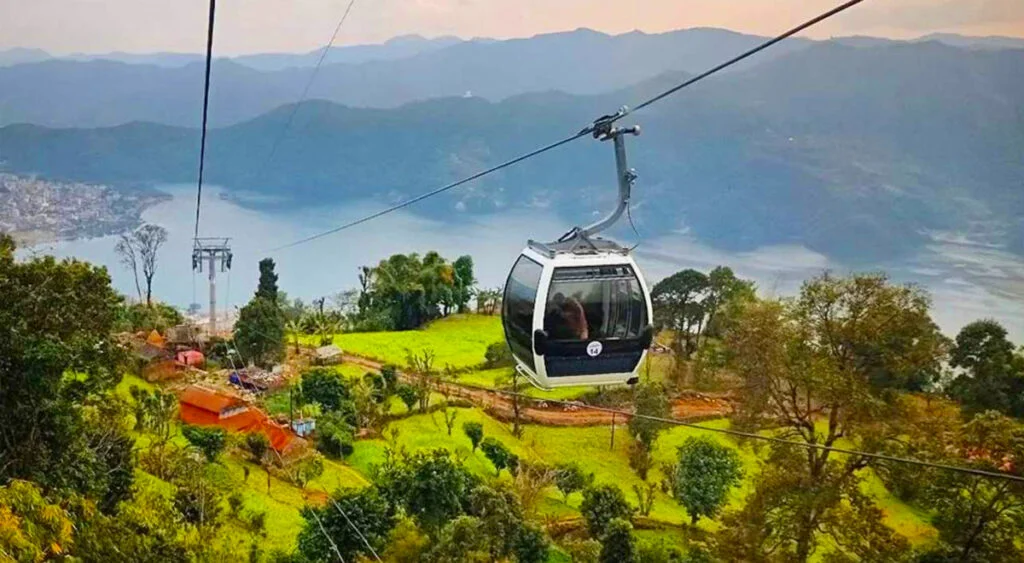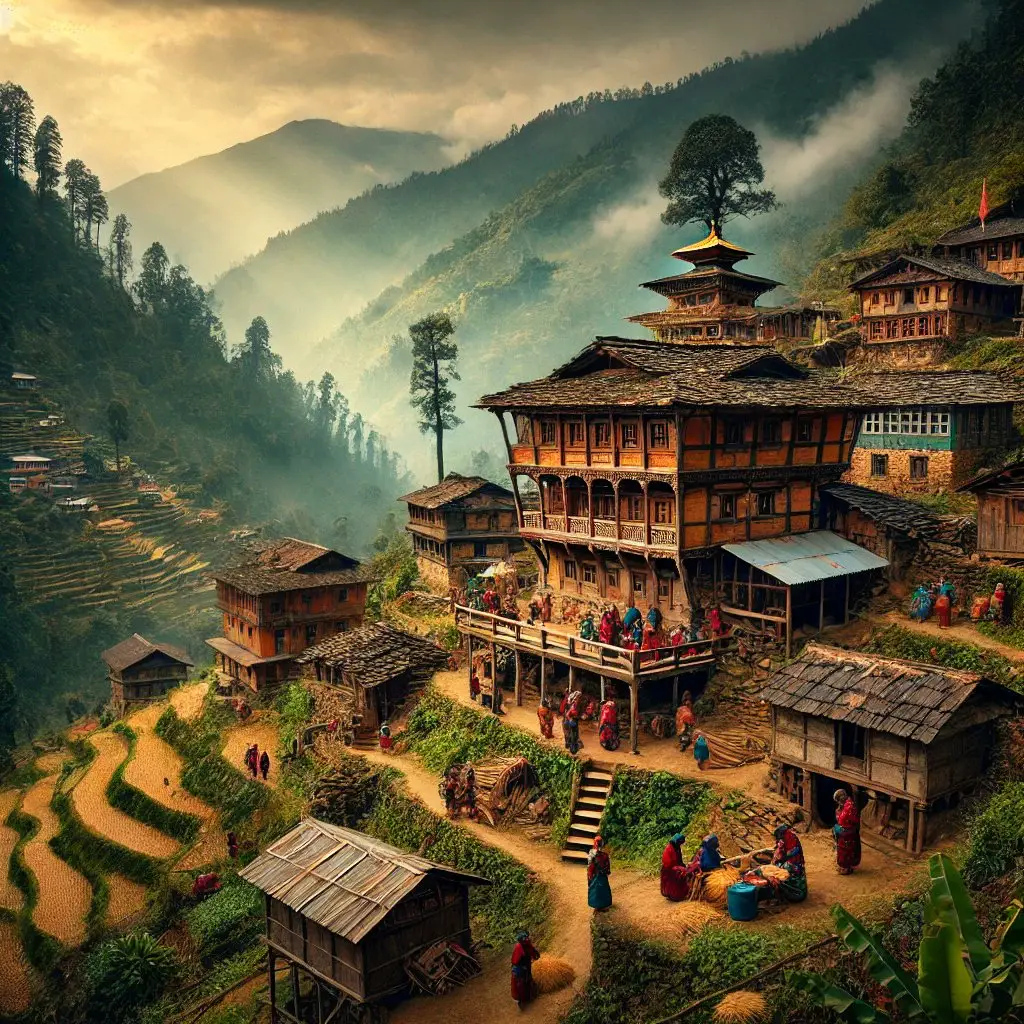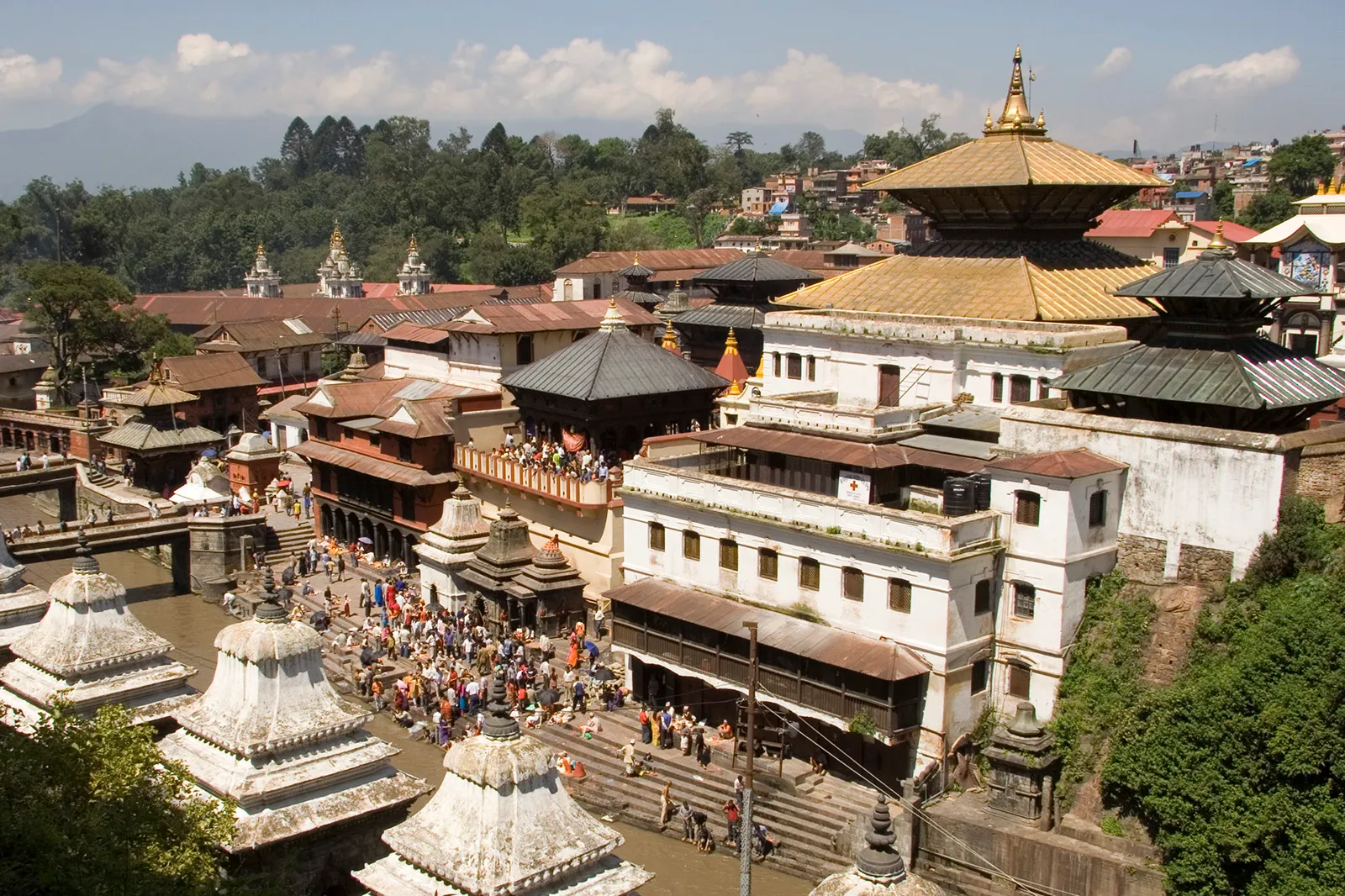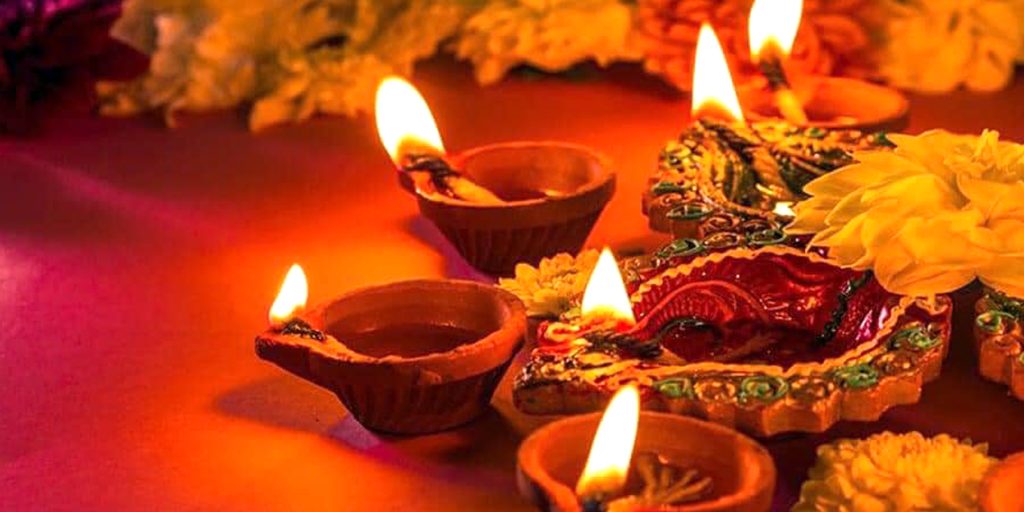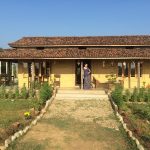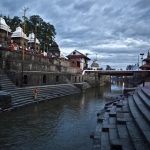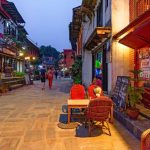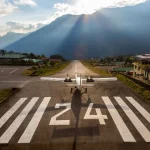Now Reading: Shivapuri Trek: A Sacred Trail Through Nature, History, and Spirituality
-
01
Shivapuri Trek: A Sacred Trail Through Nature, History, and Spirituality
Shivapuri Trek: A Sacred Trail Through Nature, History, and Spirituality
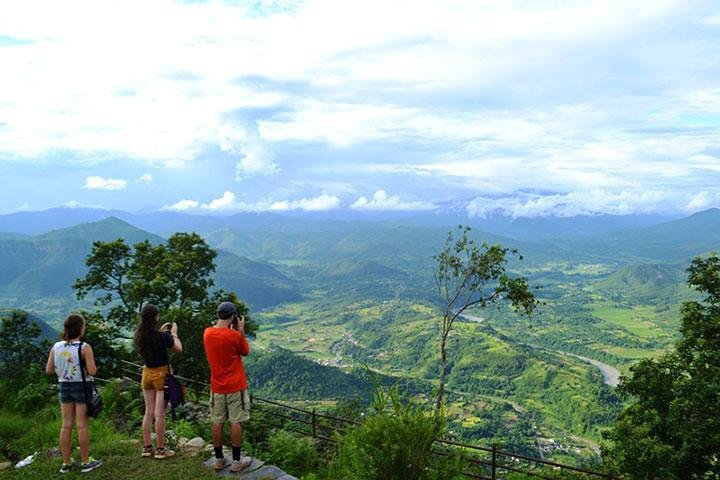
Just beyond the bustling cityscape of Kathmandu lies a sanctuary that few visitors explore to its full depth. The Shivapuri Trek, set within the pristine Shivapuri Nagarjun National Park, offers more than a scenic day hike. It is a walk through nature’s silence, a reflection on centuries of spiritual devotion, and a glimpse into Nepal’s mystical heritage.
Often overshadowed by the grander Himalayan treks like Everest Base Camp or the Annapurna Circuit, the Shivapuri trail holds its charm. It is close enough for a one-day escape yet rich enough to leave a lasting impression.
Gateway to the Himalayas, a Step Away from the City
Located just 12 kilometres north of Kathmandu, Shivapuri is a mountain ridge that rises to an altitude of 2,732 meters. It forms a natural boundary between the Kathmandu Valley and the Helambu region and is part of the second-highest hill encircling the valley. The area was declared a watershed and wildlife reserve in 1976, later upgraded to Shivapuri Nagarjun National Park in 2002 due to its ecological and spiritual significance.
Unlike remote treks that require flights or days of travel, Shivapuri is easily accessible. You can take a taxi or a local bus to Budhanilkantha, the base of the trek. Here begins a journey that blends lush forests, sacred sites, and breathtaking views into one harmonious trail.
The Trail: Forests, Monasteries, and Hidden Temples
As you ascend through thick forests of oak, rhododendron, and pine, you will feel the immediate shift in energy. The air becomes cooler, the sounds quieter, and the canopy overhead more mysterious. The hike is moderate in difficulty, taking around 4 to 6 hours round-trip, depending on your pace and chosen route.
There are several routes within the park, but the most popular one takes hikers from Budhanilkantha past Nagi Gompa, a serene Tibetan Buddhist nunnery perched at around 2,100 meters. The nunnery is home to a community of Buddhist nuns who follow a monastic lifestyle of meditation, prayer, and simplicity. Visitors are welcome to sit quietly, observe, or simply enjoy the calm that radiates from this sacred site.
Further up the trail, the forest becomes denser. You may spot langurs swinging through the trees, hear the call of Himalayan monals, or even encounter wild deer. Shivapuri is a haven for bird watchers and plant lovers, with over 300 species of birds and countless varieties of flora.
The final stretch toward the Shivapuri Peak is steep but rewarding. At the summit, you are greeted with panoramic views of the Langtang range, Ganesh Himal, and distant glimpses of Manaslu on clear days. Looking south, the entire Kathmandu Valley lies below, reminding you just how close yet far you have come.
The Spiritual Significance of Shivapuri
Shivapuri is not just a destination for hikers—it is a site of deep spiritual significance in both Hinduism and Buddhism.
In Hindu Belief
The name “Shivapuri” means “Abode of Shiva.” According to Hindu mythology, Lord Shiva once meditated on this hill, blessing the region with peace and balance. The hill is considered sacred, and many pilgrims visit its temples and shrines to offer prayers.
A notable site within the forest is the Bagh Dwar, a small spring that emerges from the mouth of a carved stone tiger. This is believed to be one of the sources of the Bagmati River, which flows through Kathmandu and holds immense religious importance for Hindus. Worshippers come here to perform ritual baths and offer water to Shiva during important festivals like Shivaratri.
Nearby lies the Shiva Mahadev Temple, another revered shrine where sages and seekers have meditated for centuries. Some local legends even claim that Siddha yogis still wander the deeper corners of Shivapuri, living in caves and practising tantra in solitude.
In Buddhist Tradition
The trail also holds spiritual significance for Buddhists. The Nagi Gompa, established by the revered Lama Tenga Rinpoche, has been a centre of meditation for nuns and monks from across Nepal and Tibet. The peaceful environment, with prayer flags fluttering in the wind and distant chanting echoing from the hills, makes it an ideal place for introspection.
It is said that even Guru Padmasambhava, the great Buddhist master who spread Vajrayana Buddhism in the Himalayas, meditated in the Shivapuri area on his way to Tibet.
A Journey of Stillness and Reflection
What makes the Shivapuri trek so special is not just its nature or mythology, but the peace it offers. In contrast to the noise and intensity of Kathmandu, Shivapuri feels like a living temple. Every stone step, prayer flag, and rustling leaf seems to whisper ancient wisdom.
Many travellers describe the trek as a walking meditation. There is time to think, time to breathe, and time to reconnect with nature and oneself. Whether you come for the hike, the history, or the holiness, Shivapuri welcomes you with silence and space.
Practical Information for Hikers
Entry Fee: Foreign nationals pay around NPR 1,000 to enter Shivapuri Nagarjun National Park. Nepalese citizens pay a lower fee. Tickets can be purchased at the park entrance near Budhanilkantha.
What to Bring:
- Sturdy hiking shoes
- Reusable water bottle (fill up before entering the park)
- Light jacket or sweater (it gets cool in the forest)
- Snacks or lunch
- Camera or journal
- Respectful attire for monastery visits
Best Season to Visit:
Spring (March to May) and Autumn (September to November) offer the clearest views and most pleasant weather. The rhododendrons bloom beautifully in spring, while autumn skies are crystal clear.
Responsible Trekking Tips
- Avoid playing loud music or leaving any trash behind
- Do not disturb wildlife or local worshippers
- Respect silence at monasteries and temples
- Ask permission before photographing monks or nuns
Final Thoughts
The Shivapuri Trek is more than a hike. It is an invitation to slow down, reconnect with the natural world, and reflect on the spiritual depth woven into Nepal’s mountains. It is a journey into forests that have witnessed saints and sages, a climb through sacred ground where legends breathe through the trees.
So if you are in Kathmandu, craving a meaningful day away from traffic and screens, tie your laces and head north. Shivapuri is waiting—with a quiet trail, a holy breeze, and a story whispered through every step.

